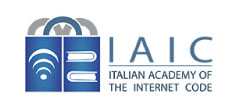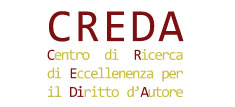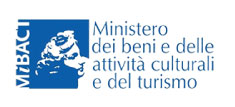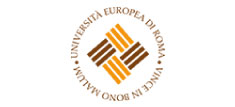Il Consiglio dell’Autorità per le Garanzie nelle Comunicazioni, in data 30 aprile 2024, ha dato…
Connecting Europe with Building Blocks: Making the Digital Single Market a Reality
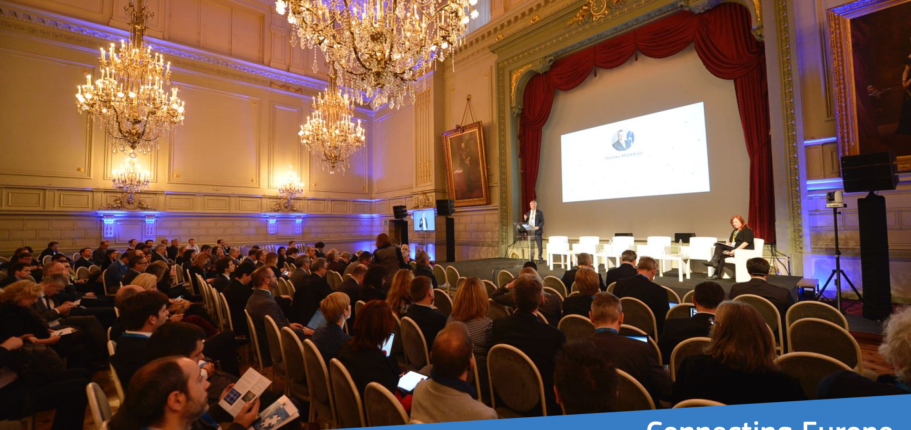
On 7 December 2017, stakeholders from the public and private sectors gathered in the Concert Noble, Brussels, to discuss the high value of the Connecting Europe Facility (CEF) building blocks and how they are making the Digital Single Market a Reality.
The main objective of this important event was to showcase concrete examples of how the Connecting Europe Facility (CEF) building blocks successfully contribute to creating a Digital Single Market.This event clearly illustrated how the building blocks facilitate the creation of cross-border digital public services and related benefits for citizens, businesses and public administrations. It also offered a unique forum for discussion on future CEF building blocks and remaining challenges to be addressed in the realisation of the Digital Single Market.
Distinguished speakers shared their illuminating insights into the current success of the building blocks in various domains such as banking or justice, etc., as well as the key challenges facing their continued development and the way forward.
Through the Digital Single Market initiative, the EU is ensuring that the digital transformation is an opportunity for European citizens, businesses and Member States. The Building Blocks – eDelivery, eID, eSignature, eInvoicing and eTranslation – make it easier to interconnect complex digital services and IT systems across Europe, creating a Digital Single Market.
They offer basic capabilities that can be reused in any European project to facilitate the delivery of digital public services across borders and sectors. The Building Blocks are common elements built on common standards and technical specifications.
Mariya Gabriel, Commissioner for Digital Economy and Society opened the conference on behalf of the European Commission. The Commissioner noted that the European Single Market has provided a basis for European integration for decades and is built on the basis of an Acquis Communitaire, a body of rights and obligations that is binding on all the EU Member States and that is constantly evolving. Commissioner Gabriel said “in the digital age, the European Commission and EU Member States have developed and piloted common standards and technical specifications – a Digital Acquis – which is at the heart of the Building Blocks“.
Speakers also discussed the prominence of security and trust as fundamentals of the Digital Single Market. Kaja Kallas, MEP noted “passwords are a recipe for disaster – hard for consumers to remember and easy for computers to guess“. As key components of the Digital Single Market, the CEF building blocks are built in compliance with Regulation (EU) N°910/2014 on electronic identification and trust services for electronic transactions in the internal market (commonly known as the eIDAS Regulation). In this way their reuse reinforces security and trust at the heart of digital services.
Experts from the field showcased the practical application of the CEF building blocks in the private and public sectors. For example, in the private sector, electronic identification (eID) opens up opportunities in areas such as finance or the opening a bank account online in another country. Panellists also looked at how the market drives technical industry standards, like those underpinning electronic signature, changing markets and enabling pan-European initiatives like the Digital Single Market.
Showcases from the public sector demonstrated how the building blocks support the provision of multilingual pan-European digital public services such as eJustice. Presenters also showcased how the building blocks support citizens living in other Member States seamlessly access services at the municipal level. Finally, panellists discussed how the current, and future CEF building blocks, will enable pan-European interoperability and the provision of platform-based cross-border public services.
Alongside the event agenda, full library of photos, presentations and videos from the day will be made public in the coming days. In the meantime, keep up to date by following #ConnectingEurope.





